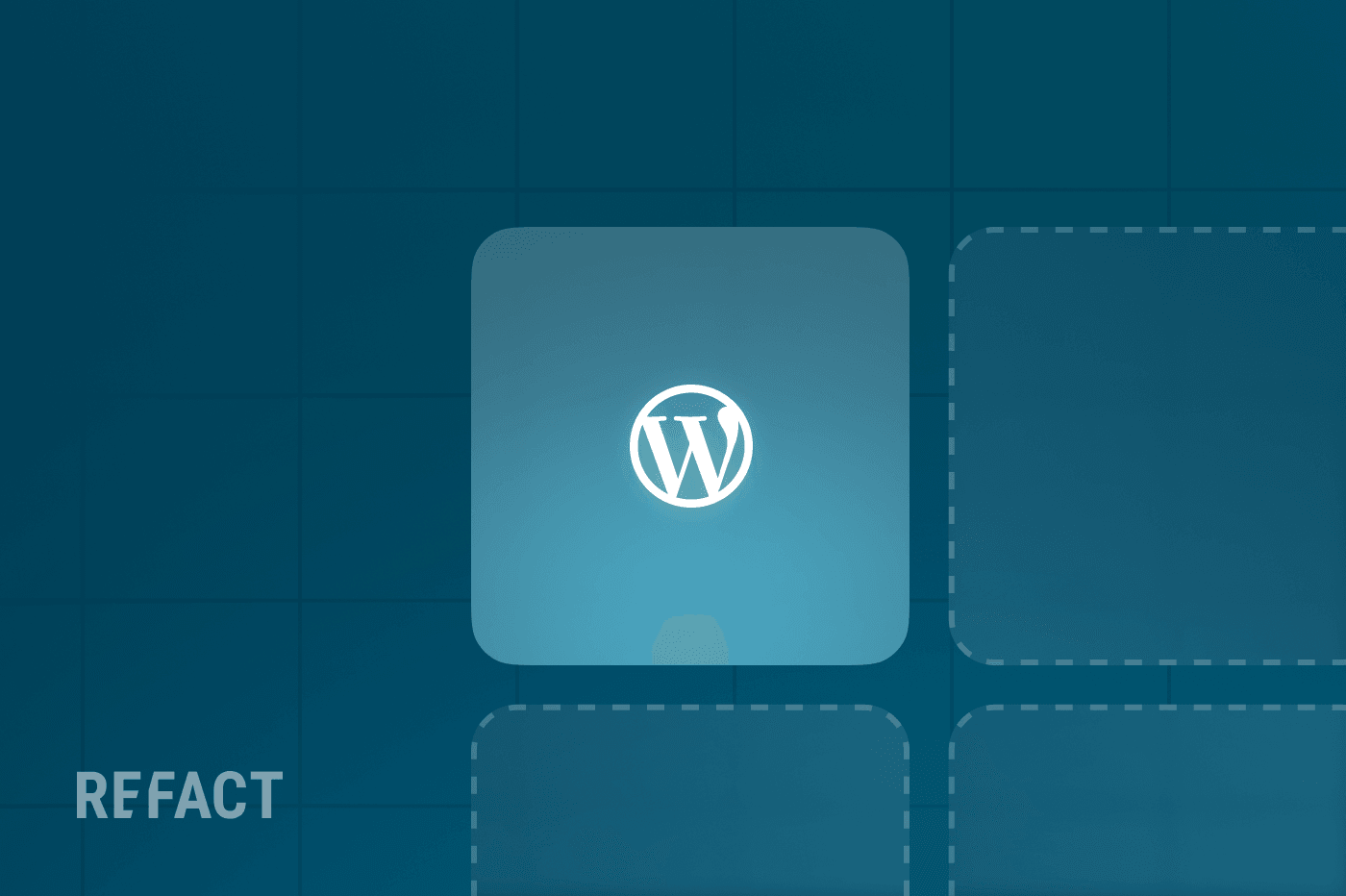Metro Publisher is pitched as the go-to CMS for publishers focused on news and media. It’s a platform that helps magazines and other publications create and manage their websites – at least on paper. Metro Publisher does give you a few tools, but it has more limitations than features. WordPress is the world’s top CMS, powering nearly half the web. But it’s a very general solution that can be used to build anything from blogs to e-commerce shops. How do these two stack against each other, and which is right for your publication?
Virginia Living magazine is a trusted source for lifestyle and local news in Virginia. It is also a prime example of a publication seeking to overcome Metro Publisher’s limitations. With a readership exceeding 600,000, the magazine needed a platform to support its goals. Here, we’ll see why they chose WordPress. Along the way, you will find a detailed comparison of Metro Publisher and WordPress.
Metro Publisher vs WordPress: Point-by-Point Comparison
According to What CMS, at least 147 publications use Metro Publisher to deliver content on their website. Examining some of these publication’s home pages will give you a good idea about the platform’s problems.
These magazines’ websites are almost exactly the same, with logos and branding making up the only real difference.
Customization
This is the most challenging part of using Metro Publisher. It is a closed-source platform, so customization is tightly controlled and impossible beyond a certain point. Their basic plan only lets you change some colors and add branding elements.
Users can access some basic scripts and CSS files if they upgrade to higher premium tiers (for at least $295/month). The second tier also gives some level of access to the codes, and you can use that to add or inject code into your website, but only if you have the right developers on your team. But newsrooms usually turn to platforms like Metro Publisher because they want to outsource the technical side of their operations. That means a platform made with customization in mind, which is exactly what we decided to create at Refact – You can read about that in the last section.
WordPress powers around 38.54 million active websites, roughly 43% of all websites (W3Techs). These figures tell you at least one thing: with WordPress, you can build anything. With the introduction of Gutenberg blocks as the WordPress-native page builder, the platform has become more flexible than ever.
SEO
SEO is another area where Metro Publisher’s constraints become more obvious. The only control over your on-page SEO comes in the shape of a panel that lets you edit the title and meta description for each post you want to publish. For example, you won’t be able to manage your indexing and visibility since Metro Publisher does not allow you to edit the robots.txt file or to set “’no-index” tags on pages. This lack of control can have serious impacts on a site’s organic traffic and SEO health.
With native tools and dozens of plugins and scripts, WordPress makes it easy to optimize your website’s visibility and ranking for search engines like Google. With plugins like Yoast SEO alone having more than 5 million users, WordPress’s suite of SEO tools is impressive and even the free tier of most tools is enough to start your SEO journey.
File Management and Asset Migration
Handling Virginia Living’s migration, we discovered that Metro Publisher offers no easy way to website assets. That means you can not access the files you uploaded yourself, which becomes problematic once you migrate away from the platform. Our requests for a backup of Virginia Living’s files were not answered, and we finally had to come up with a way to access the assets using API calls.
With a WordPress website, you keep full ownership of your own files and can access, edit, and download them at any time, with no complicated mechanisms involved. In self-hosted or headless WordPress implementations, ownership of files is even more direct since you own the website server.
Taxonomies and Structure
A website’s taxonomy is how its content is defined and organized along categories, authors, and tags. A Good taxonomy can greatly help a website’s SEO and indexability, but it also helps users find what they are looking for. The way Metro Publisher handles its taxonomy can cause considerable confusion and chaos. The blending of categories, pages, authors, and tags into a single taxonomy complicates content organization. For example, all Metro Publisher websites use “topics” instead of both tags and authors, which can muddy the waters for both users and search engines, affecting the user experience and SEO.
WordPress lets you create websites with standard taxonomies and even use tags to create your own structures. Using a very intuitive dashboard, you can add and remove any tags and categories you need in your website and create a matching URL structure.
Ads and Monetization
Metro Publisher integrates with only two ad servers: Google’s Ad Manager and the Broadstreet ad platform. With Broadstreet’s more advanced settings costing at least $199/month, it’s easy to opt for Google’s ad manager to monetize your website. The reality is that Metro Publisher’s monetization options are forced on its publications.
This is a far cry from the plugins and integrations that WordPress has to offer in terms of monetization. You can visit the WordPress plugin store to find the right ad server for your publication.
Metro Publisher vs WordPress Comparison Table
| Feature | Metro Publisher | WordPress |
|---|---|---|
| Code Type | Proprietary (Closed-Source) | Open-Source |
| Customization | Very limited customization (see image gallery) with minimal coding support available at higher premium tiers. | Infinitely customizable |
| SEO | SEO limitations (e.g., can’t set the no-index tag on pages). | Free SEO plugins, greater control |
| File Management | Odd file upload system with no direct backups (requires API retrieval). | Easy backups, direct access to files |
| Page Builder | Old and inflexible modular page builder. | Gutenberg blocks for flexible design + many 3rd party page builder plugins like Elementor and Divi |
| Taxonomies | Confusing mix-up of categories, pages, authors, and tags. | Customizable taxonomies for better organization |
| Growth and Scalability | Requires migration to handle growth, difficult to migrate from. | Easily handles rapid growth, simple migration |
| Asset Ownership | Does not provide access to your images and other assets. | Full ownership of (and direct access to) all assets |
| Ad Management | Integrates with specific ad platforms, but details and flexibility may vary | Wide range of options for ad management |
| Migration | Very messy migration process with a proprietary RESTful API that needs to be mastered. | Many tools and methods to migrate to and from |
| Uploading | Integrates with specific ad platforms, but details and flexibility may vary. | Multiple file uploads |
Final Verdict
Metro Publisher is tailored for media-specific needs with a focus on streamlined publishing workflows. Yet, it faces limitations due to its closed-source nature, particularly in customization and search engine optimization. The platform also presents challenges in file management and taxonomy clarity, potentially complicating content organization and visibility.
In contrast, WordPress offers a high degree of flexibility and control, supported by its open-source community. Features like Gutenberg blocks and customizable taxonomies empower publishers to create unique, engaging sites. WordPress’s tools and features for SEO, file management, and scalability make it a robust option for publishers aiming for growth and a strong online presence.
There is one counterpoint to this, though. Developing a WordPress website from scratch is neither easy nor cheap. WordPress is an open-source platform, but you will need to hire a design agency or a team of in-house developers to create a site that can house a magazine. That is where Refact’s low-cost platform comes in. Refact’s platform is developed for publications that need to migrate away from problematic platforms like Metro Publisher without spending a fortune to build a website from scratch. It combines the flexibility of a custom-built website with the sophisticated tools of WordPress. Contact us to see if this is the right fit for your publishing needs.









